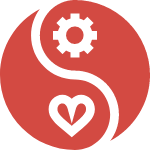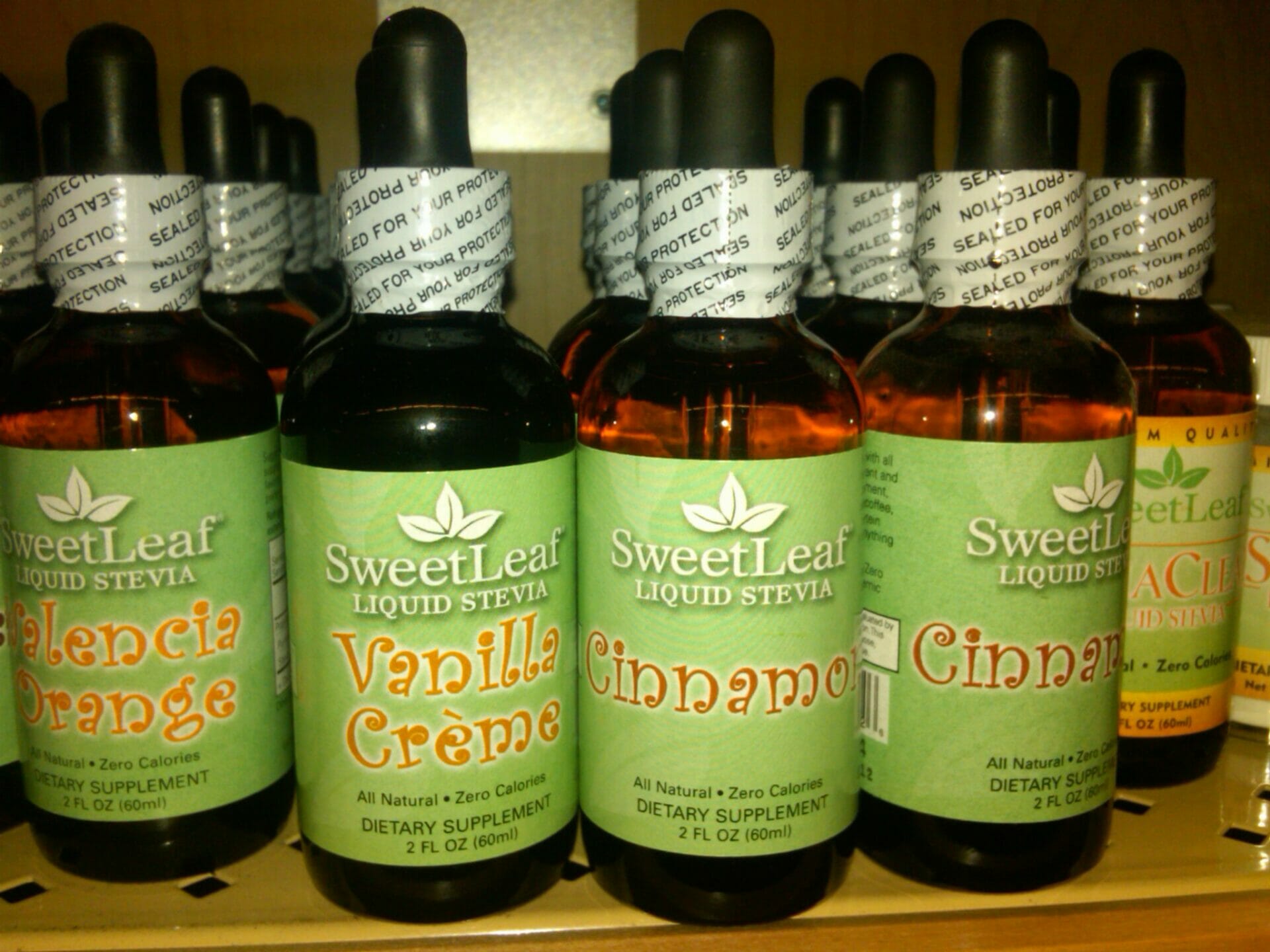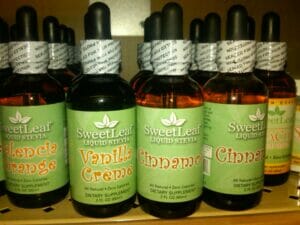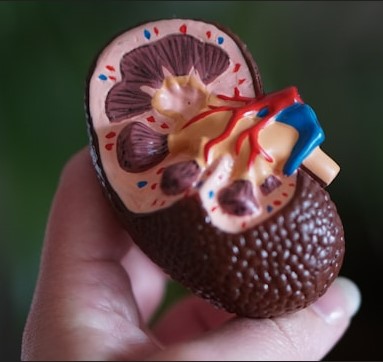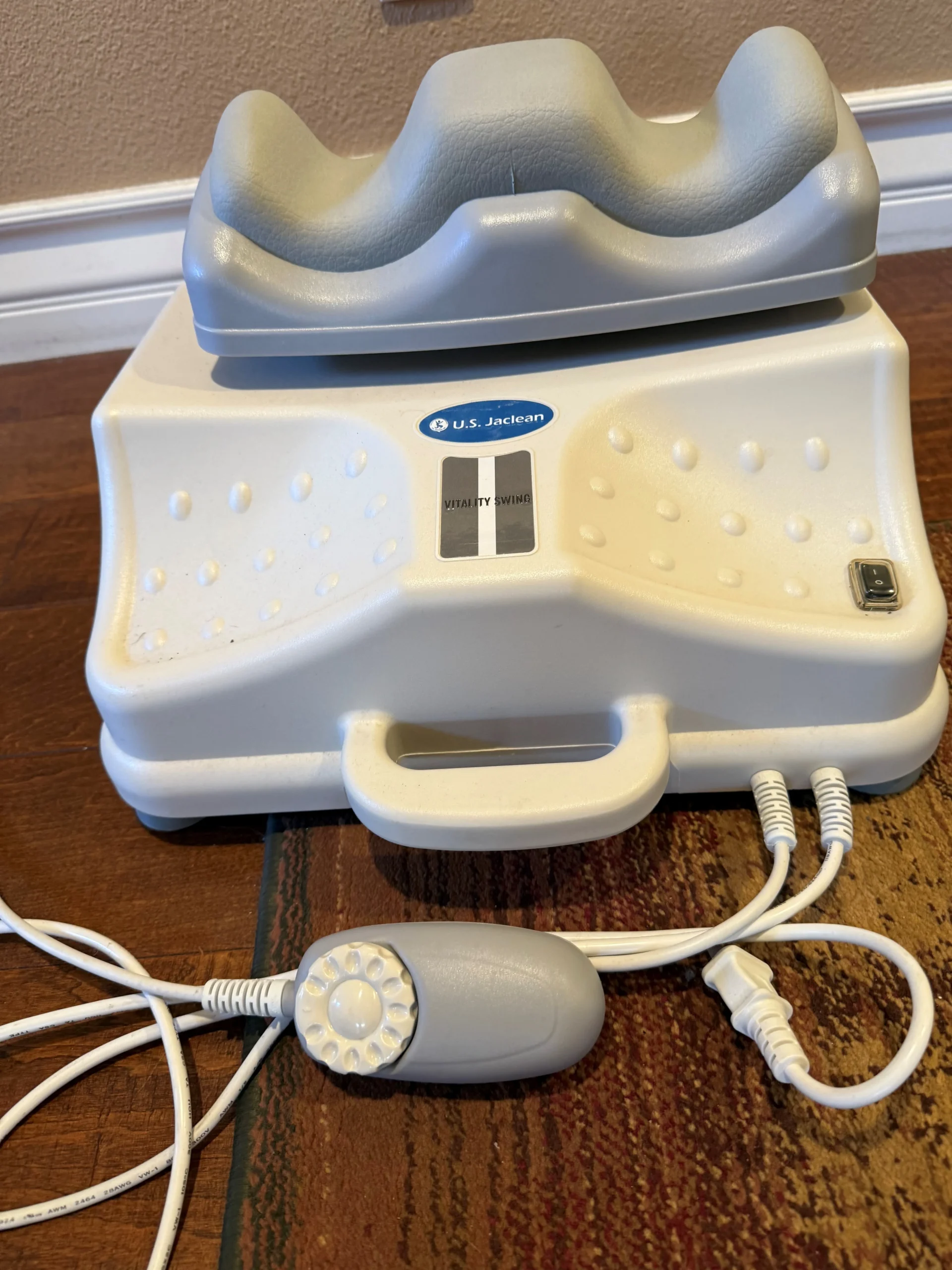One of the things I recommend in my Sugar Buster Program is to remove all artificial sweeteners. From time to time I bring you the latest updates about nutrition news and I thought a refresher on artifical sweeteners would be good. This comes from The Institute for Integrative Nutrition.
Artificial sweeteners, also called sugar substitutes, are substances that are used instead of sucrose (table sugar) to sweeten foods and beverages. Artificial sweeteners are regulated by the U.S. Food and Drug Administration (FDA). The Food Additives Amendment to the Food, Drug and Cosmetic Act, which was passed by Congress in 1958, requires the FDA to approve food additives, including artificial sweeteners, before they can be made available for sale in the United States.
The picture to the left is STEVIA which is a great substitute for artificial sweeteners.
Currently, five artificial sweeteners are approved by the FDA:[1]
- Aspartame, sold under the brand names NutraSweet® and Equal®
- Saccharin, sold under the brand name Sweet’N Low®
- Sucralose, sold under the brand name Splenda®
- Acesulfame K (or acesulfame potassium), produced by Hoechst, a German chemical company; widely used in foods, beverages and pharmaceutical products around the world.
- Neotame, produced by the NutraSweet Company; the most recent addition to FDA’s list of approved artificial sweeteners, neotame is used in diet soft drinks and low-calorie foods.
According to the National Cancer Institute, there is no clear evidence that the artificial sweeteners on the market in the United States are related to cancer risk in humans. However, numerous studies performed on laboratory rats link aspartame and saccharin to cancer, including a recent seven-year study conducted by a major nonprofit oncology lab in Italy.[2]
The Center for Science in the Public Interest (CSPI), on the other hand, cautions everyone to avoid aspartame, saccharin and acesulfame K because they are unsafe consumed in large amounts or are very poorly tested and not worth the risk. The CSPI lists neotame and sucralose as safe.
Aspartame is of particular concern because it contains phenylalanine (50%), aspartic acid (40%) and methanol (10%), three well-recognized neurotoxins. The following symptoms have been associated with the consumption of aspartame:[3]
| headaches | nausea | dizziness |
| hearing loss | tinnitus | insomnia |
| blurred vision | eye problems | hallucinations |
| memory loss | slurred speech | mild to suicidal depression |
| personality changes | violent episodes | mood changes |
| anxiety attacks | hyperactivity | heart arrhythmia |
| edema or swelling | gastrointestinal disorders | seizures[4] |
| skin lesions | muscle cramps | joint pains |
| fatigue | PMS | menstrual irregularities |
| chest pain | increased appetite | numbness and tingling of extremities |
Fortunately, most of the above symptoms are alleviated once aspartame use is discontinued.
[1] Cyclamate, an artificial sweetener that is popular outside the U.S., is not FDA-approved.
[2] See “Lowdown on Sweet?” published in The New York Times on February 12, 2006.
[3] From “Aspartame: The Real Story” by Annemarie Colbin.
[4] People who have the rare disease PKU (phenylketonuria) need to avoid aspartame because they are missing the enzymes necessary to digest phenylalanine and may end up with an excess that causes brain damage or seizures.









